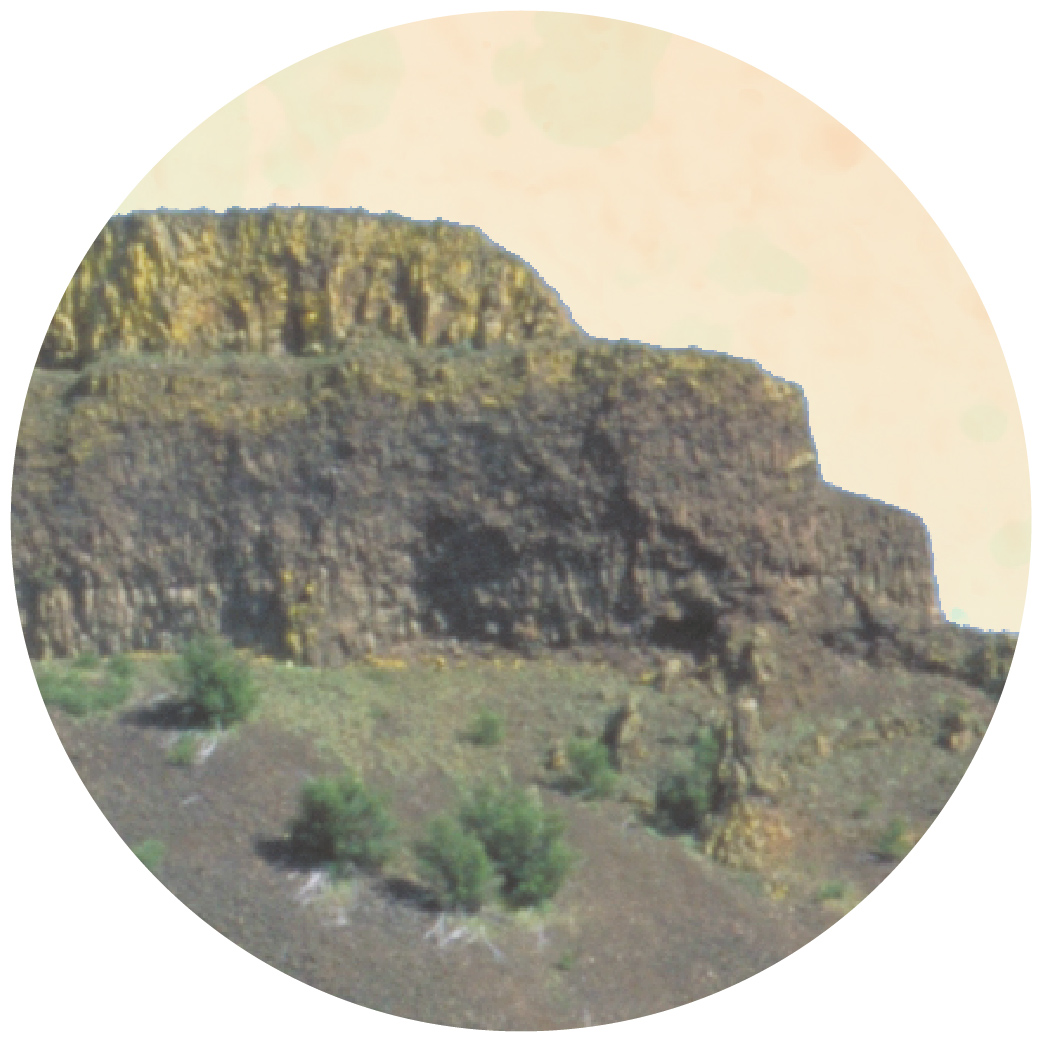Situated on the spectacular Columbia Plateau, The Nature Conservancy's preserves at Beezley Hills and Moses Coulee offer incredible geological scenery and provide habitat for resident species. This region is an important example of Washington’s shrub-steppe, which historically comprised almost a third of the state’s entire land mass. Today, more than two-thirds of this habitat has been lost to development. We are working to ensure the long-term conservation of shrub-steppe habitat and its native species. Take a virtual walk with us through Moses Coulee to learn more about this underdog landscape.
You can help protect Washington’s flora and fauna, from sagebrush to the Salish Sea.
1. WILDFLOWERS bloom alongside native bunch grasses and sagebrush to paint the shrubland each spring. Flowers such as yellow balsamroot, purple lupine and pink hedgehog cactus emerge every year in a beautiful show of color. View our wildflower photo gallery.
2. GREATER SAGE-GROUSE historically occurred throughout the shrubsteppe and meadow-steppe communities of eastern Washington. Sage-grouse are well known for their breeding behavior: Males congregate on traditional display sites, called leks, to display to and breed with females. Because of a fragmented landscape, their current range is approximately eight percent of the presumed historic range.
3. PYGMY RABBITS rely on the dry, loose soil of the shrubsteppe to create their burrows, and they depend on sagebrush for food and protective cover. In Washington, Columbia Basin pygmy rabbits have lost much of their habitat, making them an endangered segment within overall pygmy rabbit populations.
4. BIRDS of many species frequent this landscape. Look closely to see a sage sparrow, golden eagle or mountain bluebird. Spring-fed creeks and other water sources provide crucial breeding and foraging habitat for birds in an otherwise dry environment.
5. SAGEBRUSH is a cornerstone of the shrubsteppe and tolerates its extreme temperature fluctuations. Big sagebrush, common in the coulee, is an evergreen and provides food, shade and protective cover to many species. Historically, tribes relied on sagebrush for medicine and braided its fibers for clothing and other essentials.
6. BASALT CLIFFS frame the shrubsteppe in Moses Coulee, carved by ancient floods that charged through the landscape after the last ice age. Lichen color the rock, lending orange and yellow hues to the scene.
7. BATS roost in the basalt cliffs of Moses Coulee, and they are the most common mammal in the ecosystem. Fourteen of Washington’s 15 native bat species make their homes in Moses Coulee, including the rare spotted bat.

































